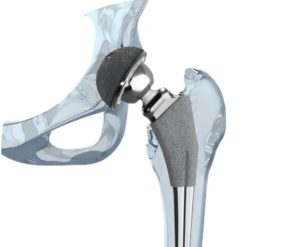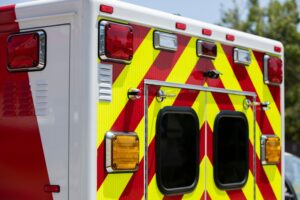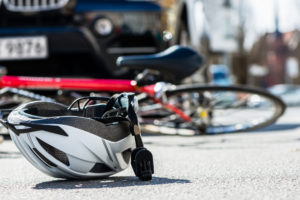The first school bus was introduced in 1827. It was a horse-drawn vehicle used at a Quaker school, the Newington Academy for Girls in London, England, and was designed to carry 25 children.
It would seem that in 187 years drivers would have learned how not to hit school buses or the children getting on or off of them. But I’d wager that horses had more sense than humans when it came to not running into children or other vehicles.
Statistics certainly seem to indicate so. Since the 1998-99 school year, 13 students have been killed in accidents in North Carolina. In the last two school years alone, five have been killed.
Once a year, the N.C. Department of Public Instruction has bus drivers count the number of vehicles that pass them with the bus’s red lights flashing and the stop arm extended. Keep in mind, that’s just one day. That number in 2012 was 3,196. In 2013 the number was more than 3,300.
On March 26, 2014, 3,153 vehicles passed stopped school buses. There were 13,323 school buses on the roads of North Carolina that day.
New Hanover County recorded the highest percentage of violations with 66.48 percent of its buses getting passed. If you would like to see the stats for your county, Google has created a map with that information.
Drivers do flout school bus laws, or either break them through ignorance or carelessness.
Image / Egerton Law
Buses have special equipment to help watch out for students.
Motorists must rely on their wits and knowledge.
For a refresher on the North Carolina School Bus Stop Law, I’ve linked to a graphic explaining how to handle various situations with buses, from approaching a bus on a two-lane road to encountering one on a roadway with four or more lanes and a center turning lane.
And I have compiled some tips for driving strategy and behavior when encountering a school bus. Looking out for children rather than expecting them to look out for us is our best defense as drivers.
Elementary school children are at the most risk of accidents because they:
- Become easily distracted and may start across the street without warning.
- Don’t understand the danger of moving vehicles.
- Can’t judge vehicle speed or distance.
- Are small, and can be blocked from view by the bus, by parked cars on the street, even curbside garbage cans or other obstacles.
In general, children are the least predictable pedestrians and the most difficult to see. Most importantly, children expect vehicles to stop for them at the school bus stop. Be alert for children who might dart across the street or between vehicles on their way to school.
Children walking to or from their bus are usually very comfortable with their surroundings. This makes them more likely to take risks, ignore hazards or fail to look both ways when crossing the street.
Here are some other things to consider:
- Vehicles may not pass a bus until the flashing red lights and signals are turned off.
- Keep an eye on children gathered at bus stops. Watch for children playing and running near bus stops.
- Slow down and obey all traffic laws and speed limits.
- Prepare to stop for a school bus when yellow hazard warning lights are flashing.
- Watch for children walking in the street, especially where there are no sidewalks.
- Watch for children arriving late for the bus, who may dart into the street without looking for traffic.
- When backing out of a driveway or leaving a garage, watch for children walking or biking to school.
- Don’t tailgate a bus, because they often make sudden stops when least expected.
- When a school bus is trying to merge back into traffic, you must give them the right of way.
- The area 10 feet around a school bus is where children are in the most danger of being hit.
- Never pass a school bus on its right side.
- School buses stop at all railroad crossings.
- Motorists are not required to stop for a bus if the bus is on the opposite side of a separated roadway (median, etc.) — but they should remain alert for children.
- Consider altering your route or schedule to avoid bus traffic. If it doesn’t matter what route you take or when you go, avoid bus travel times and areas.
- Finally, put away your cell phone. Even with headsets or in-dash speakers, suspend your conversation when you encounter a bus. Simply tell the person on the line that you have a traffic situation and that you have to put them on hold. Or better yet, say good-by and hang up.










Comments for this article are closed.